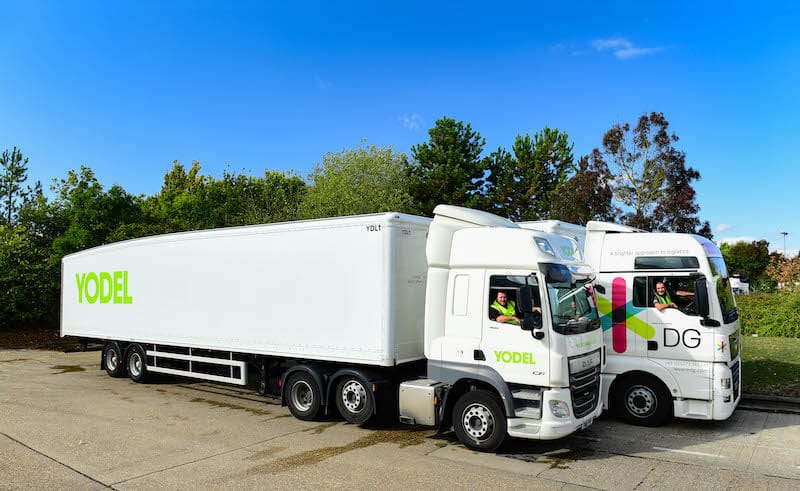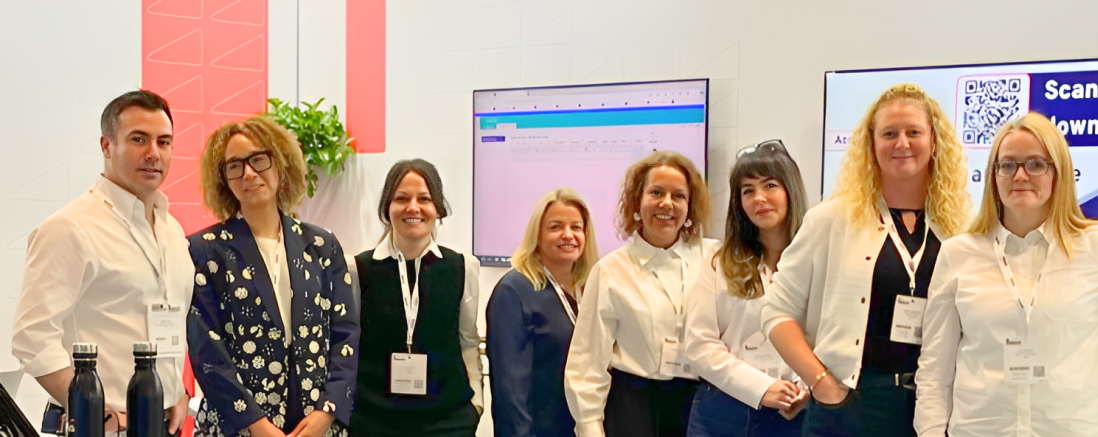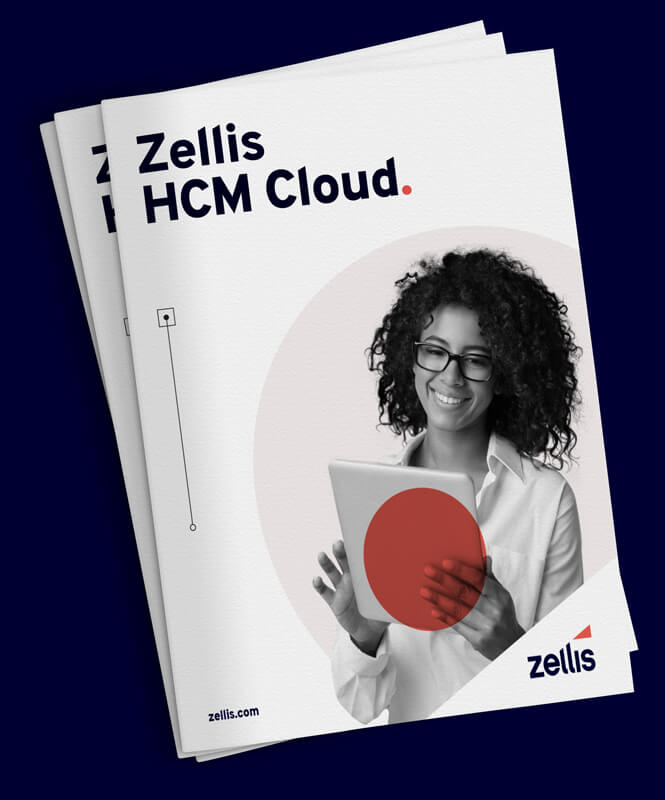Mike White (Senior Account Manager, Public Sector) makes the case for HR-IT collaboration, to deliver maximum value on public sector payroll and HR solutions.
The UK public sector has faced continued funding cuts in recent years and it’s now a more complex and challenging environment than ever before. Local authorities have had to take drastic measures to drive efficiencies and control costs. As part of that, we’ve seen the sale of assets, the emergence of shared service agreements, and, inevitably, large-scale redundancies.
Between 2013 and 2021, local government headcount fell from 1.83 to 1.36 million. That drop of more than 25% speaks to the sheer scale of cuts made.
But austerity continues and these measures haven’t been enough to make ends meet. So, here’s the conundrum: how can the public sector continue to deliver with less money and fewer employees? And more specifically, what’s the relevance of the CIO-HR partnership here?
Investing in technology to control costs
One of the few areas that continues to see investment is the digital transformation of both back-office and customer-facing operations. Leaders are looking to technologies such as artificial intelligence (AI) and robotic process automation (RPA) to increase efficiencies and control costs. They’re seeking business intelligence tools to support data-driven decisions on how to deploy their people and spend their diminishing budgets. And they’re investing in app development tools to transform the way their employees and customers interact with the systems they use to provide services.
Collaboration is key: why HR still needs the CIO (and vice versa)
Of course, procuring technology in the public sector is no longer the IT remit that it once was. The global software market has matured rapidly and there is now a plethora of different solutions to choose from. Budgets have been devolved to service managers, and that’s a good thing. These experts know their service area better than anyone else and they have the best understanding of what’s needed to solve the challenges at hand.
With that in mind, the role of the CIO and wider IT department evolved into one of advisor rather than direct buyer. But this isn’t to say service managers should be viewed as an outright substitute for IT in the buying process. It’s not a case of replacing one with the other. The solution lies in a collaborative relationship that sees service expertise (think HR, payroll, revenues, benefits) being underpinned with the CIO’s strategy. Specifically, the investments that have already been made in technology to drive transformation, automate, drive efficiencies, and control cost.

The problem with ‘patchwork quilt‘
The CIO-HR collaboration is crucial – and it comes right back to cost. There’s no question that HR leaders should have the autonomy to choose the right public sector payroll and HR solution. But the council or university they work for may have already invested vast amounts of money in corporate technologies to drive transformation. Would it not make sense to select a solution that sits within that existing technical landscape?
If possible, yes. With a ‘patchwork quilt’ of tech suppliers, the cost benefit gained from any new software solution is likely to be reduced (or even negated). That’s because the IT department has to spend more time supporting another cloud platform, business intelligence (BI) tool or app development tool, or integrating solutions that utilise different technology platforms.
Simplify your technical estate
This provides a strong case for procuring public sector payroll and HR software that aligns with the organisation’s existing tech environment. Of course, to achieve this, appropriate focus and weight must be given to the technology that underpins any solution being considered as part of the procurement process.
When the stars do align and the service director’s preference marries with the technical infrastructure already in place, the benefits can be significant. Organisations not only capitalise on previous expenditure, but also avoid the added complexity and cost of multiple technical estates.
Here are five steps to support this approach:
1. Start with a list of mandatory and optional requirements (and make this a collaborative HR-CIO exercise).
2. Ensure your shortlist includes at least two solutions that sit on your organisation’s preferred cloud infrastructure and make use of your existing business intelligence tools and app development tools.
3. Does your organisation use Microsoft 365 and Teams, Outlook, Power Apps, Power Automate, and other MS365 facilities? Be sure to ask potential providers how their solution integrates with these platforms and what value that integration delivers.
4. Assess all providers against three key parameters: quality (functionality), price (total cost of ownership), and value (expected ROI). Give suppliers the opportunity to appraise and articulate their value, not just their cost.
5. In tender documents, apply appropriate weight to the technology that underpins each solution. Map that against your pre-existing technology investments.
How Zellis can help
This approach to public sector procurement is supplier-agnostic. But it does help that Zellis’ HCM and payroll solution is fully embedded in Microsoft 365 and the Power Platform and Azure technical landscape. This is the infrastructure that 90% of public sector organisations are already using.
Because our public sector customers are invested in Microsoft, their engagement with us has not added to the complexity of their technical estate. It aligns with the tools that many public sector organisations are using to drive digital transformation and control costs. That promises a much better ROI on their public spend.
To learn how Zellis can support your HR and payroll needs while optimising ROI on public sector investment, get in touch with our team.















